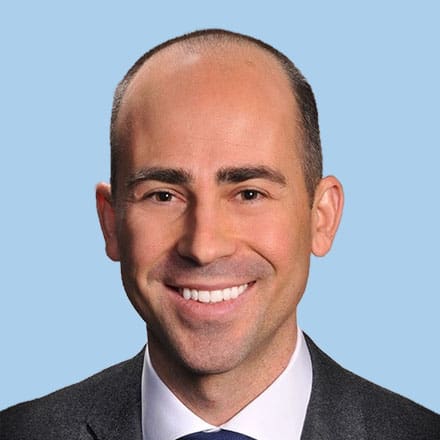Inside Angle
From 3M Health Information Systems
When it comes to burnout, it’s too easy to just blame technology
A recent Health Affairs study of “zero burnout” primary care practices found that satisfaction with the electronic health record (EHR) was not a determinant of clinician burnout level. This is a bit difficult to square with the findings of a RAND Corporation study I was part of in 2012, commissioned by the American Medical Association to investigate factors affecting physician satisfaction. This RAND study highlighted poor EHR usability as a key element leading to widespread physician dissatisfaction.
How does the technology itself impact our experience as physicians?
Traveling the country interviewing for a Family Medicine residency position in 2008, I was in search of a few key program characteristics. I wanted a community-based program that trained strong, well rounded primary care physicians and I wanted a program whose clinic utilized an EHR. Most residency outpatient clinics still relied on paper charts at the time, but I knew EHRs were going to be central to my future work. So, I thought it would make sense to train on an EHR, gaining comfort with critical technology while learning the practice of medicine.
It was on the interview trail that I encountered a faculty interviewer who, when I asked if they had plans for implementing an EHR in the near future, launched into an animated speech about how the EHR had not proven it would improve care. Startled by his response, I thought: “Certainly this guy has no clue what he’s talking about.”
The promise of the EHR—to improve care, reduce errors and strengthen communication—was great a decade ago. Now, after a decade of altered clinical operations and numerous EHR user interface iterations, is this Health Affairs piece evidence that the EHR has evolved and is at least partially delivering on its promise?
Indeed, the Arch Collaborative, a KLAS Research initiative, has reported recent findings that might support this position. One of the surveys asked providers if their EHR enabled quality care, but there were variations between providers, even within those who used the same EHR vendor. Only 22 percent of that variation, however, reportedly came from the EHR vendor; the other 78 percent of the variation was due to organizational factors or individual clinician user mastery and support.
Parsing out the true drivers of physician dissatisfaction from collateral damage is tough in a system with a multitude of interdependencies. The EHR can be perceived as the problem if the organization lacks supportive and proactive training with plans for longitudinal reinforcement. The EHR can be perceived as the problem if physicians aren’t comfortable moving throughout the user interface or if it’s difficult to reach out for IT support. If physicians have little say in how their local EHR is deployed, the technology may take the blame.
In order to address burnout, improve outcomes, or lower costs, it’s clear we must strengthen the use of EHRs and complementary technologies. But we need to zoom out a bit and consider the full picture. The next time health workers state that their EHR is the problem, dig deeper. A little investigation may uncover an opportunity to address stressors outside the EHR that leaders have much more control over than they think.
According to the RAND study a decade ago, “physicians are more satisfied when they perceive that they are meeting their patients’ needs by delivering high quality care—and dissatisfied when they perceive barriers to delivering high quality care.” And that “it may be useful to view physician dissatisfaction, when it is caused by perceived quality problems, as an indicator of potential delivery system dysfunction.”
Basically, the performance of the health system is the result of the interactions between the technologies that enable care delivery and their accompanying organizational components, including operational and cultural. And that includes a health system’s leadership. All of the above are inextricably linked and they must work in concert for better patient outcomes and physician well-being.
The EHR gets a bad rap, but it is no longer the convenient scapegoat it once was. Health care organizations can no longer simply blame digital tools for staff complaints. Clinician burnout has multiple drivers, of which technology itself is simply one piece. The sooner we acknowledge and address these multiple root causes, the more sustainable clinicians’ careers will become. And we’ll all be better off for it.
Dr. Travis Bias is a Family Medicine physician and Medical Director of Clinician Solutions at 3M Health Information Systems.


